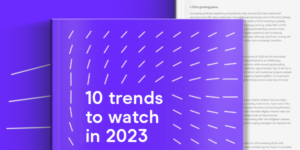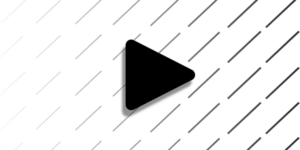Insights
Explore articles, panel discussions, data downloads and more to discover ways to leverage our data
Your challenges
Asset class
2023 hedge success
Sub-billion dollar hedge funds outperformed their larger peers in a positive year for hedge fund performance overall
Pricing performance
Smart hedge fund managers are offering innovative deal sweeteners when it comes to fees
Future fund uptick?
With Intelligence hedge fund editor Matt Smith examines our data on future fund launches for promising signals
An ESG roadblock?
Navigating political ESG risk has jumped up the agenda in the US
How can fund managers use data?
Explore how fund managers can use data to improve ESG practices
DE&I for improved performance
Discover the financial and performance benefits of DE&I
The transition to net zero
Learn about how regulation is encouraging sustainable business











